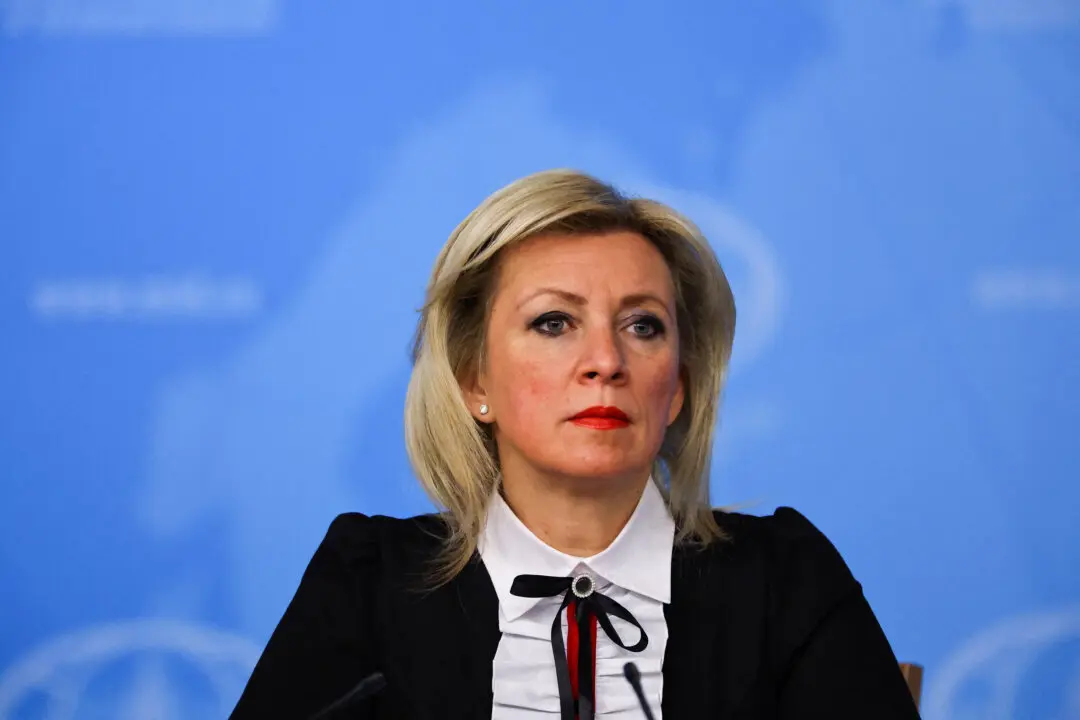Economic stresses have increased over the past several weeks, according to a new report from the Federal Reserve, which noted softening in consumer spending, continued inflation pressure, and more evidence of a pullback in bank lending.
The Fed’s latest “Beige Book,” a compendium of surveys and interviews carried out across its 12 districts, showed that overall economic activity in the United States remained little changed in recent weeks, with patches of weakness.





